By Cynthia Kerson, UC Master Gardener of Napa County
For the past few years, I've been researching beekeeping. Recently, I decided to simply supply the bees with food and to let them live where they naturally would. I'm not that fond of honey, and I live in a woodland area near a creek, so this is my best option.
In addition to planting or already having lots of salvia, lavender, milkweed, sunflower, wild berries, fruit trees, herbs and veggies, in April I created a bed for pollinizers, planting it with a container of Renee's Garden Scatter Garden Seeds expressly for pollinator flowers.
The bed is about a foot high and 6- by 10 feet. I used concrete corners, redwood sides and metal gopher netting on the bottom. I created a simplified “lasagna compost” with cardboard and newspaper on the bottom of the bed and left it to get rained on for a few weeks. I then filled the bed with a layer of compost and then a high-end garden-quality soil and more compost from the recycling center. I scattered the contents of the seed container and covered the seeds with about an inch of mixed soil and compost in a 70-30 blend. The bed is in full sun all day.
At first, as the seedlings were popping up, I couldn't tell which tiny plant was a pollinizer and which was a weed. I didn't pull anything I didn't clearly recognize as a weed. I am an organic gardener and so did not spray or feed with anything that would be harmful to bees.
I watered right away, and about every two weeks afterward I watered with a mixture of fish emulsion and kelp, a good all-around food for soil and plant health. I also fertilized with an organic fertilizer about once a month. The bed was watered every other morning for about five minutes.
The seed blend I used contained seeds for Chinese forget-me-not, baby blue eyes, single Chinese aster, cornflower, Shirley poppy, sweet mignonette, tidy tips, Virginia stock, creeping daisy, clarkia, globe gilia, lemon mint, California bluebell, lacy phacelia, tall white alyssum and plains coreopsis.
I noted when each flower type bloomed, how long it bloomed and how abundant the bloom was. The container listed the percentage of each variety, so I looked for that. I didn't find the stated percentages to be perfectly correlated with the flowers that appeared. The most prolific were the cornflower, creeping daisy and lacy phacelia. Lemon mint didn't appear (or I missed it). Most of these flowers have continued to bloom for four to six weeks, and the individual blooms lasted about two weeks. Shirley poppies lasted the shortest time, blooming for two to three weeks, with individual blooms lasting about a week.
The first to bloom, starting in the beginning of May, were Virginia stock, California bluebell and tall white alyssum. Toward the end of May, Chinese forget-me-nots, tidy tips, baby blue eyes, creeping daisy, globe gilia and lacy phacelia bloomed. The beginning of June was the most prolific time (about two months after sowing). The big bloomers then were cornflower, Shirley poppy, sweet mignonette, Virginia stock and clarkia. All the varieties continued to flower and die off, so every day the garden bed had a slightly different array of color that was fun to study.
Bees seem to have preferred another area of my property with large beds of lavender and salvia over this bed of many varieties within a small area. Possibly large expanses of one flowering variety are better for attracting bees since that's how they naturally forage. That said, the bees loved the mix. I see dozens there at any given time. Should you have only a small area to devote to pollinators, a dedicated bed of pollinator flowers is a beautiful option.
It appears that the garden will keep the bees (and me) happy for the rest of the summer. I have cut back the watering to every four days since the plants are mature.
If I let them go to seed, the plants will return next year. One drawback to this particular mix is that a few of the varieties are not native to Northern California. Next year I might supplement with more natives to support the health of the bees and other pollinators. With natives, they are digesting pollens that are natural to them; and they need all the help they can get.
For further information on building layered garden beds to plant those wildflower seeds, click the link:
http://www.ucanr.org/blogs/blogcore/postdetail.cfm?postnum=23849
The UC Master Gardeners of Napa County are volunteers who provide University of California research-based information on home gardening. To find out more about home gardening, upcoming events or to submit gardening questions, visit the Master Gardener website (napamg.ucanr.edu). Our office is temporarily closed to walk-in questions but we are answering questions remotely and by phone or email. Submit your gardening questions through our website, by email mastergardeners@countyofnapa.org or leave a phone message at 707-253-4143. Master Gardeners will get back to you within a few days.
Attached Images:
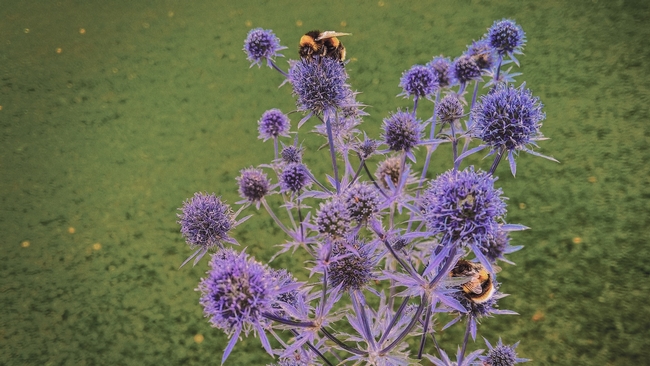
Bees love flowers. (Unsplash/k-mitch-hodge)
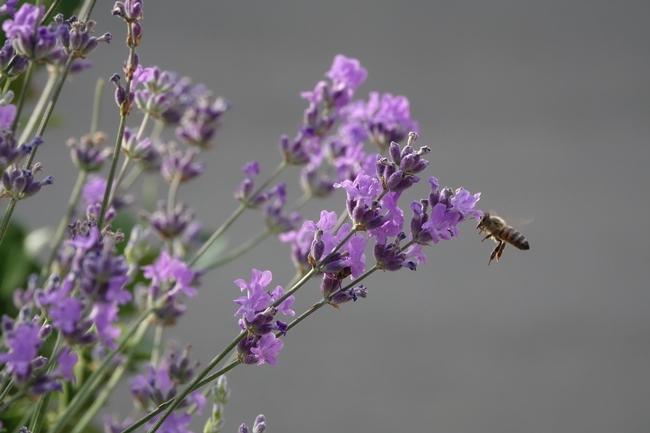
Bees love purple flowers. (Unsplash/brinzan-sabina)
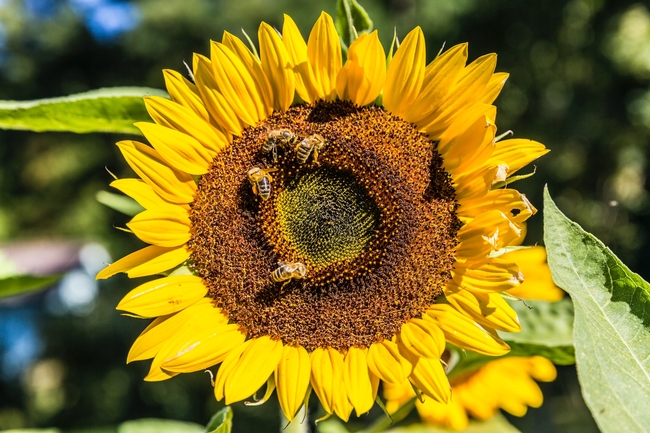
Bees love sunflowers. (Unsplash/odin-aerni)
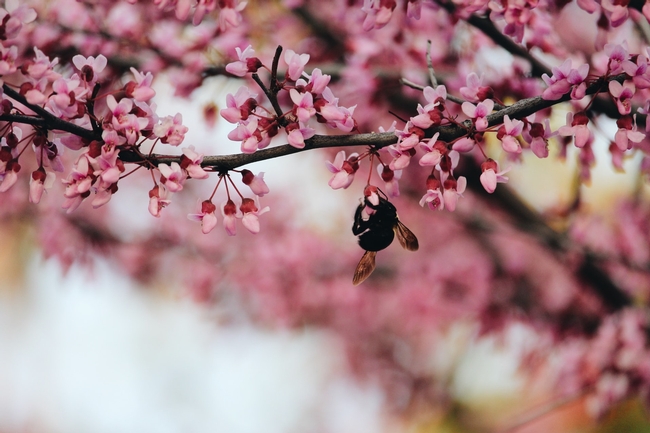
Bees love cherry blossoms. (Unsplash/zuleika-sequeira)
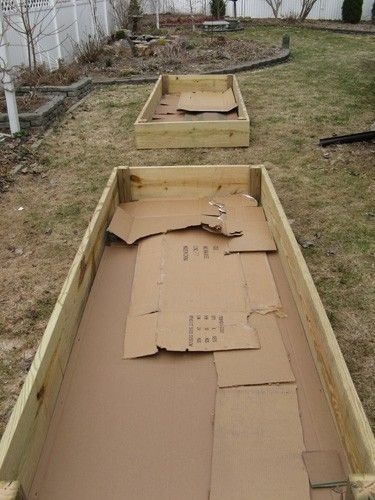
Raised bed beginning. (Pinterest)
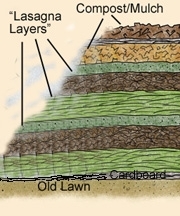
Lasagne method, sheet compost; find how-to link at the end of the article. (UC ANR)
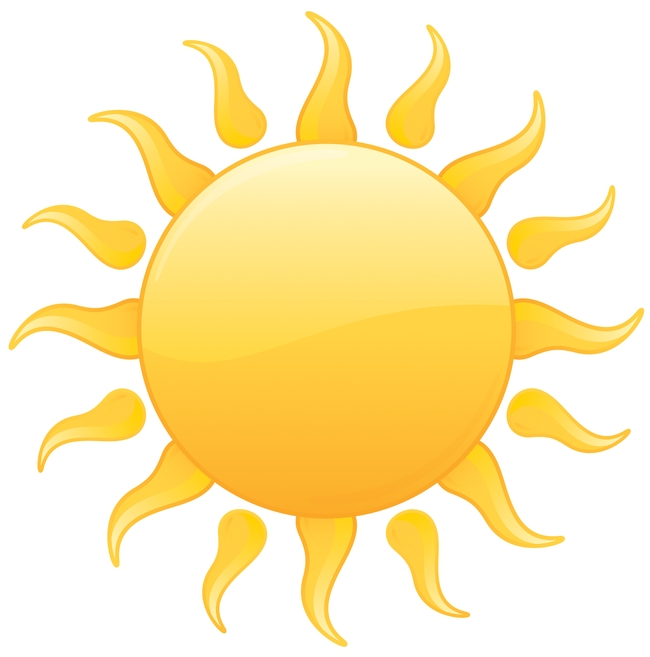
Wildflowers love full sun. (GetDrawings.com)
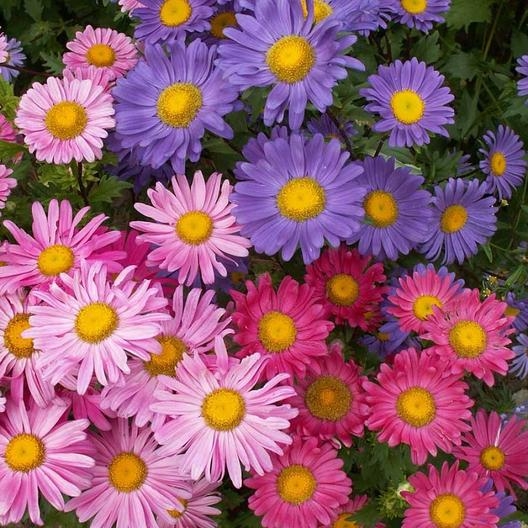
China aster. (Eden Brothers)
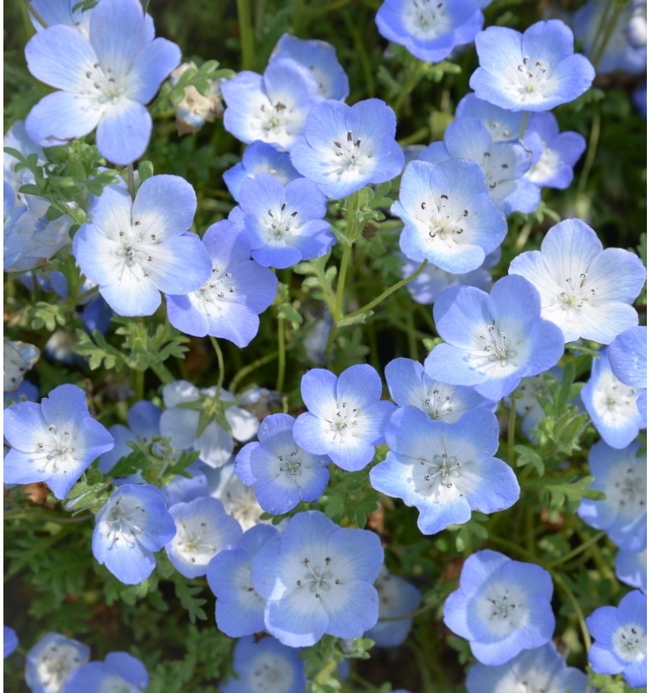
Baby blue eyes. (Earthcare Seeds)
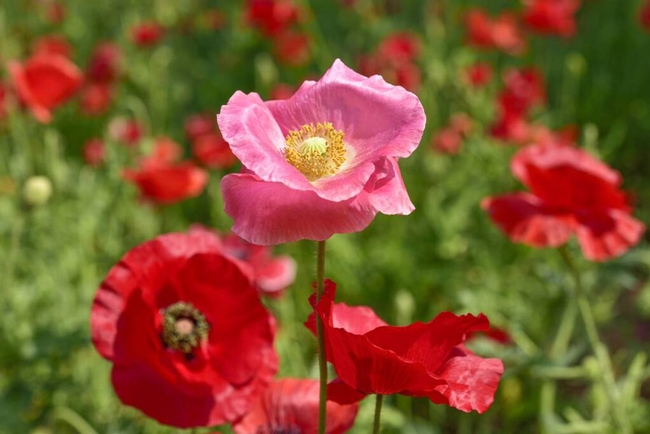
Shirley poppy. (The Press Democrat)
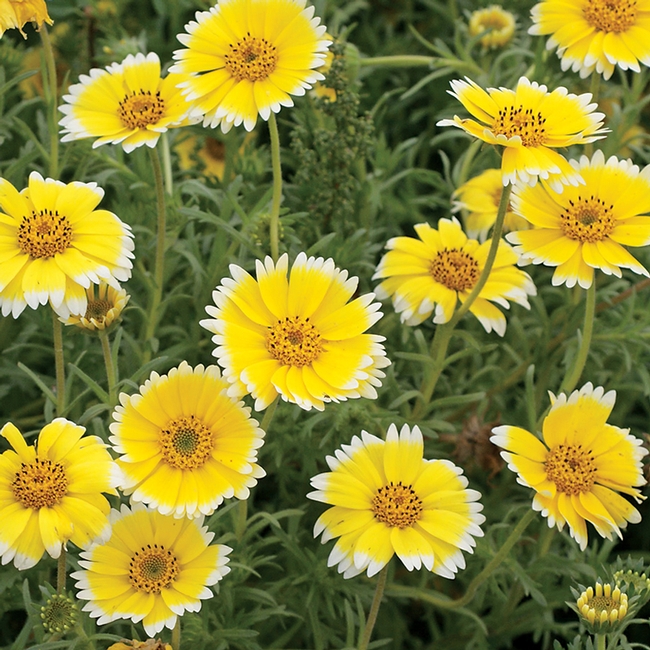
Tidy tips. (Park Seed)
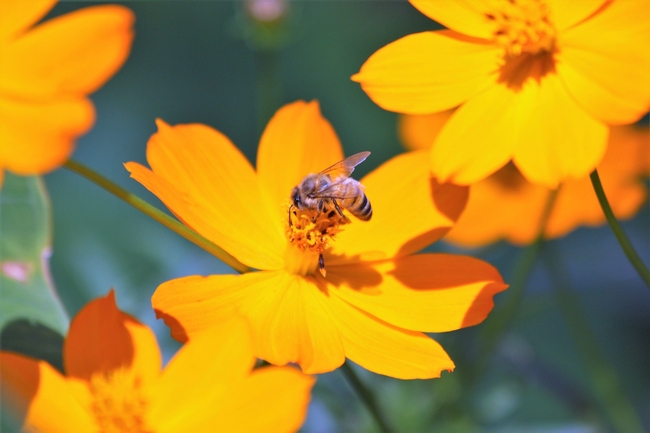
Coreopsis with bee. (Public Domain Pictures)
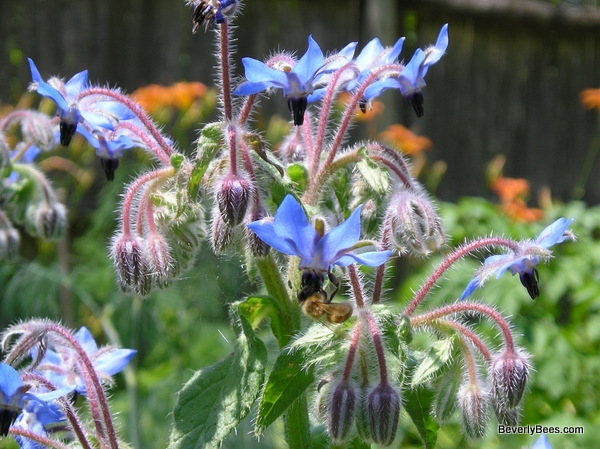
Find the bee. Bees love borage. (Beverly Bee)